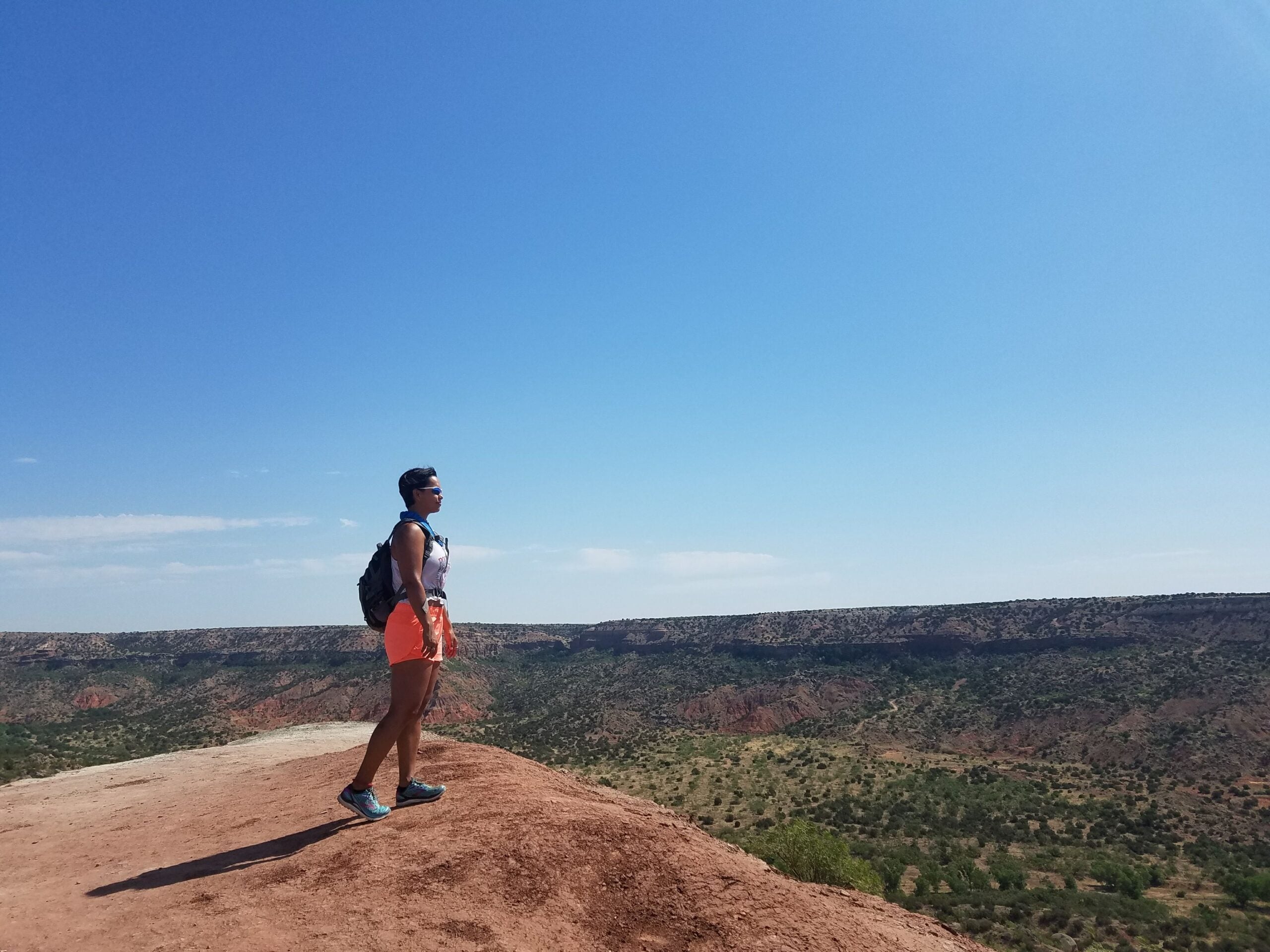As the outdoor industry works to rebound from the pandemic, many companies are looking for innovative ways to connect with consumers and to make back what they’ve lost in profits. The answer is simple: connect with Black, indigenous, and people of color (BIPOC).
Nearly half of the U.S. population does not participate in outdoor recreation, according to the Outdoor Industry Association (OIA). In fact, 40 percent of the U.S. population is BIPOC, yet they only comprise 26 percent of outdoor participants. That is a problem for the outdoor industry.
When it comes to outdoor recreation, the lack of people of color comes from a combination of three things. The first is inclusion on the industry’s part. Whether it’s marketing or services, the outdoor industry has done little to engage with BIPOC since outdoor spaces like national parks were desegregated. The second issue is accessibility, which refers to how BIPOC face more obstacles to access outdoor spaces because of limited economic means, geographic barriers, or poor transportation infrastructure. And finally, BIPOC don’t feel welcome in outdoor spaces because of racism. We saw a prime example of this when Amy Cooper, a white woman, falsely accused Christian Cooper, a black man, of “threatening her” while he birdwatched in New York City’s Central Park.
The needs of BIPOC have not historically been served by the outdoor industry. Which begs the question: why? If not for moral reasons (i.e. racism is bad), then at the least to connect with a large, untapped consumer base of potential profits.
Though no research is available on the racial or ethnic diversity of the outdoor and recreation workforce, it’s no secret that the industry has long been guided by a singular perspective, that which is mostly white and male. Such homogenous leadership and perspectives have resulted in sizable blind spots when it comes to Black and Brown experiences in outdoor recreation.
If outdoor companies want to connect with the untapped consumer base of BIPOC customers, they can do so by enacting a stringent DEI plan that includes more diverse leadership. In making this move, studies show that outdoor businesses can see significant growth and success.
In 2019, McKinsey & Company released a study showing that companies with more ethnically and racially diverse executive teams are 36 percent more likely to outperform their peers on profits. Companies with fewer racially diverse employees, underperformed by 27 percent.
A year before, the Boston Consulting Group (BCG) found that companies with above-average diversity on their management teams reported an average of 45 percent innovation revenue, which is “the share of revenues that companies have generated from enhanced or entirely new products or services in the most recent three-year period.” Companies with below-average diversity only had 26 percent of innovation revenue.
Both studies found that when companies have racial and ethnic diversity on their executive and management teams, it leads to more innovation, new ideas and products, better workplace environments, and the ability to adjust to a changing consumer demand. That is if the company makes a consistent commitment to implementing DEI in all levels of the business.
By 2044, the U.S. Census Bureau predicts BIPOC will constitute a majority of the U.S. population, making them the leading consumers with a strong purchasing power. If outdoor companies want to connect with this group, they’re going to have to put in the work. This consumer base wants to see BIPOC executives and employees, recreation made more accessible and inclusive to their communities, and ads that represent them.
If outdoor companies can’t comprehend the benefits of DEI and how and why racism has been harmful to the outdoor industry, maybe they’ll take on the fight for the dollars and cents.


